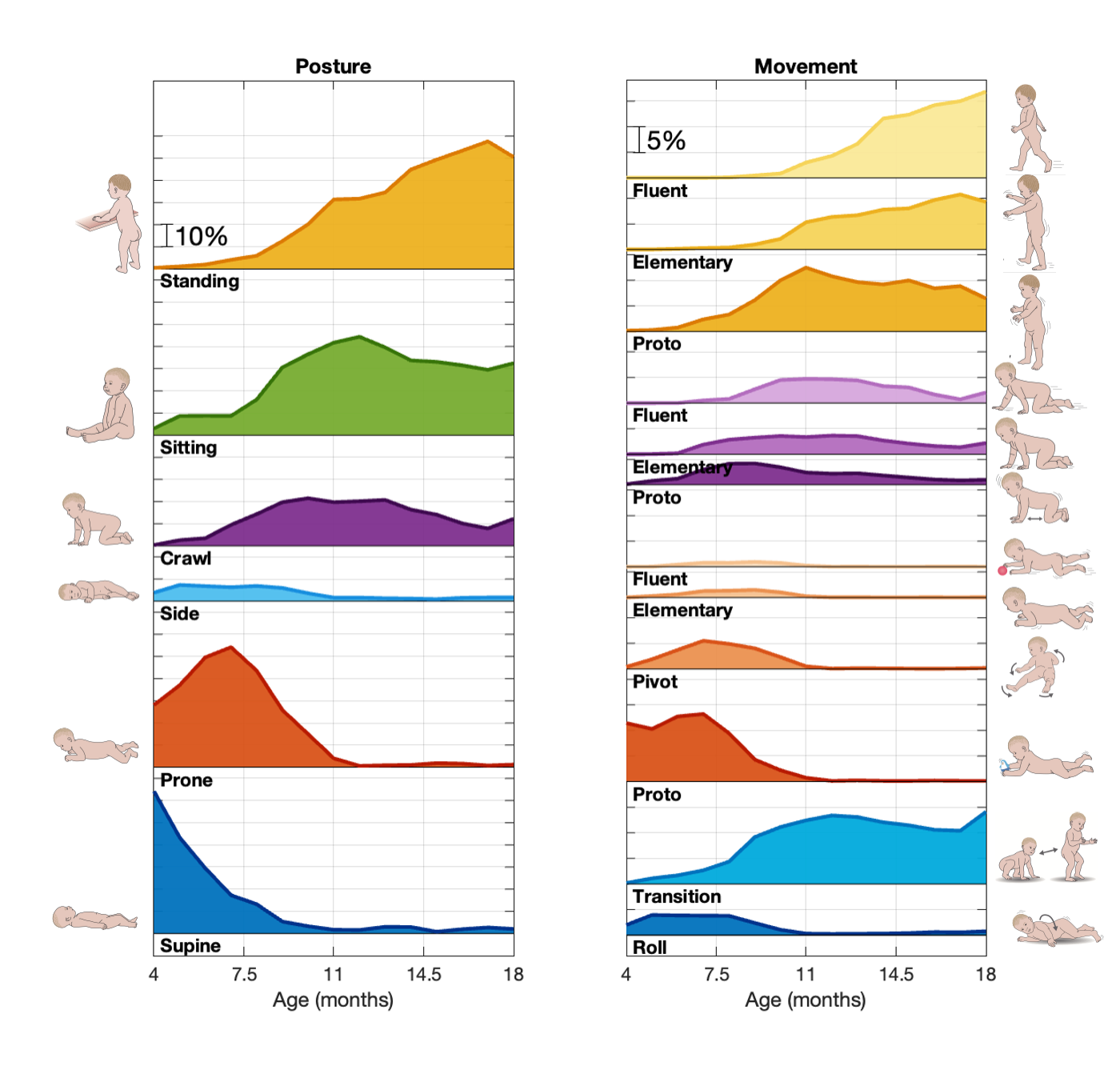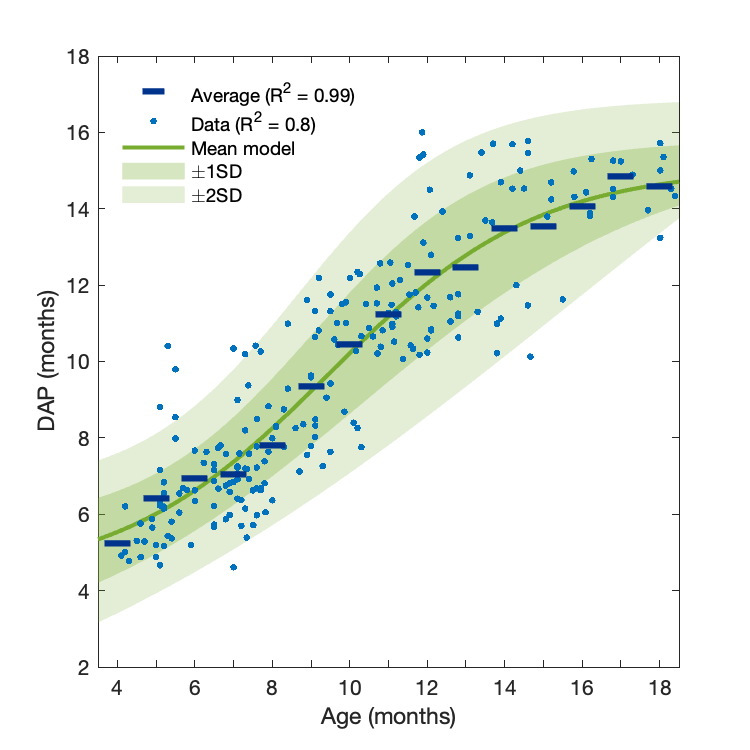Neonatal Follow-up
NICU Follow Up and Neurodevelopment 1: Developmental and Sensory Disorders
196 - Quantitative Gross Motor Assessment of Infants out-of-hospital: Validation of a wearable solution MAIJU
Friday, April 28, 2023
5:15 PM - 7:15 PM ET
Poster Number: 196
Publication Number: 196.142
Publication Number: 196.142
Manu Airaksinen, Helsinki University Hospital, Espoo, Uusimaa, Finland; Elisa Taylor, University of Helsinki, Helsinki, Uusimaa, Finland; Anastasia Gallen, University of Helsinki, Helsinki, Uusimaa, Finland; Elina Emilia. Ilen, Planno Oy, Espoo, Uusimaa, Finland; Okko Räsänen, Tampere University, Tampere, Pirkanmaa, Finland; Leena M. Haataja, University of Helsinki, Helsinki, Uusimaa, Finland; Sampsa Vanhatalo, University of Helsinki, Helsinki, Uusimaa, Finland
.jpg)
Manu Airaksinen, DSc (Tech)
Post-doctoral researcher
Helsinki University Hospital
Espoo, Uusimaa, Finland
Presenting Author(s)
Background: Early neurodevelopmental care and research need practical methods for quantitative assessment of early motor development.
Objective: Here, we present validation of an out-of-hospital solution, “MAIJU” (Motor ability Assessment of Infants with a JUmpsuit) that provides a fully automatic quantitation of gross motor performance.
Design/Methods: The infant wearable MAIJU is an overall garment equipped with four movement sensors and a mobile device for real-time streaming of movement data into the device memory. Here, the MAIJU wearable recordings were started in the lab and sent to homes using an ordinary courier service. The parents dressed MAIJU on their infants for the rest of the day with only two instructions: i) to keep the recording mobile device at a Bluetooth range; ii) to allow and encourage the infant to play freely in the home environment without interruptions by the adults. On the following day, the MAIJU wearable collected from the home by the courier. The recorded data was uploaded from the mobile device to our computational cloud service (Fig 1) where an AI-based analysis pipeline identifies periods of free infant play and detects the infant’s postures and movements at a time-resolution of seconds. A global estimate of motor ability was then obtained as Developmental reference Age Prediction (DAP) by comparing the measured posture and movement distributions into age-group averages.
Results: A total of 1,358 hours of movement behavior during 226 recording sessions in 116 infants (age 4–19 months) were recorded and analyzed with the MAIJU wearable. The age-specific distributions of posture and movement categories (Fig 2) show clear, well-known age-dependent trends. The obtained DAP scores correlated tightly with age, explaining 99% of the variance at the age-group-average level, and 80% of the variance in the individual recordings.
Conclusion(s): A quantified, transparent, and explainable assessment of infants’ motor performance is possible from minimally controlled out-of-hospital recordings with a fully automated analysis pipeline. The automatic analysis produces a physically grounded objective description of the recorded gross motor performance; additionally, it can yield a holistic assessment of motor development. A quantitative measure of infants’ motor development may directly support individual diagnostics and care, as well as facilitate clinical research as an outcome measure in early intervention trials.



